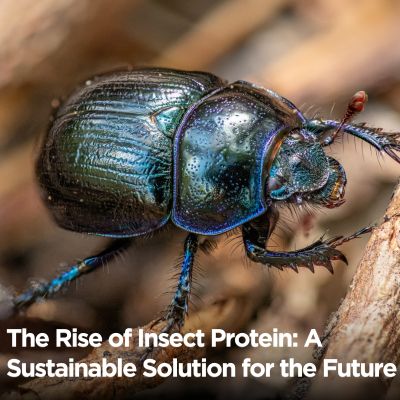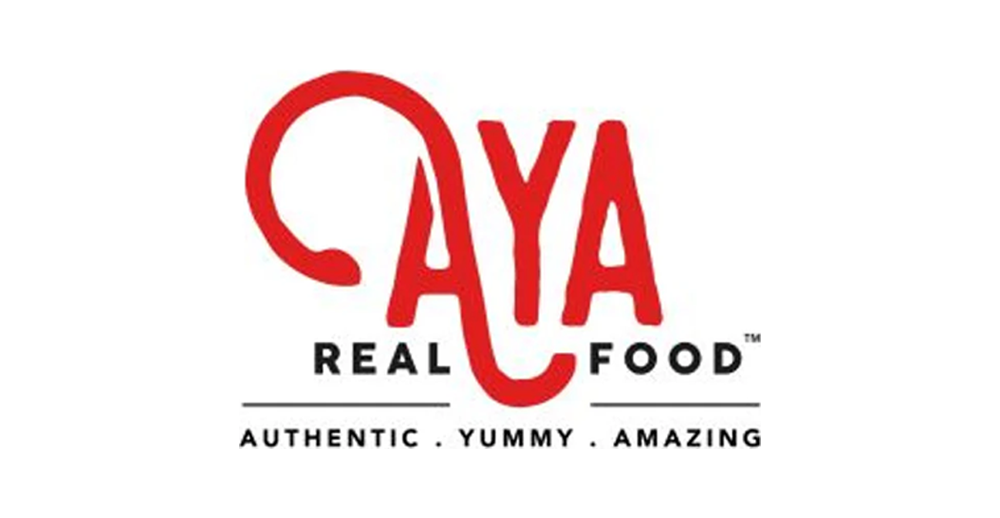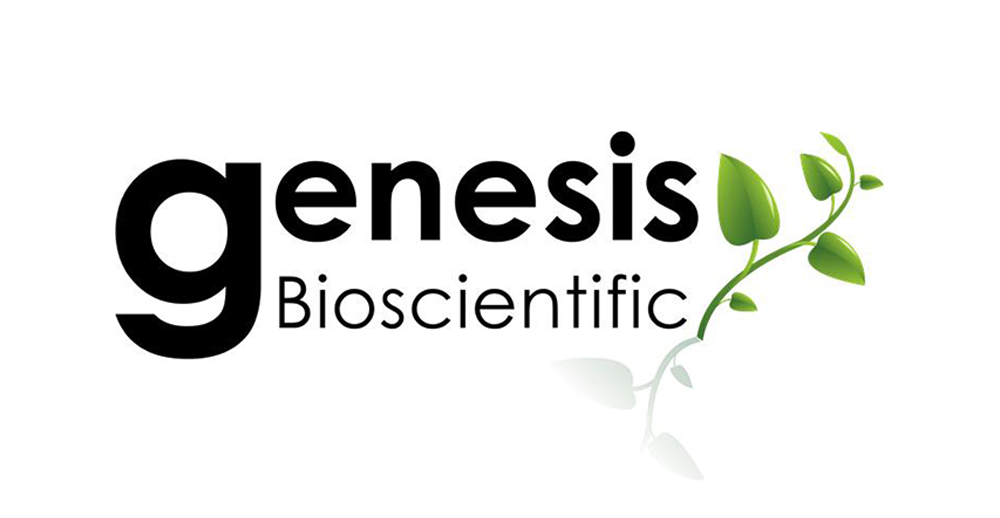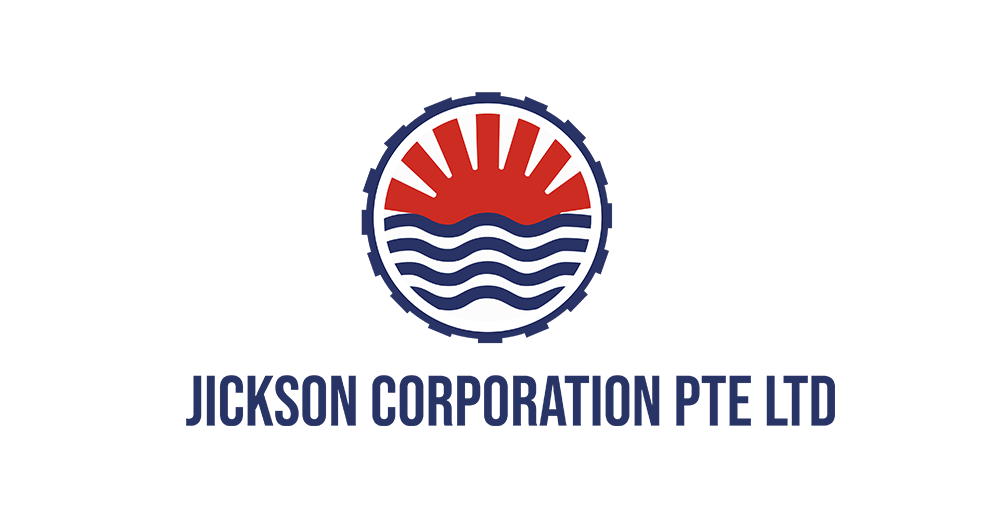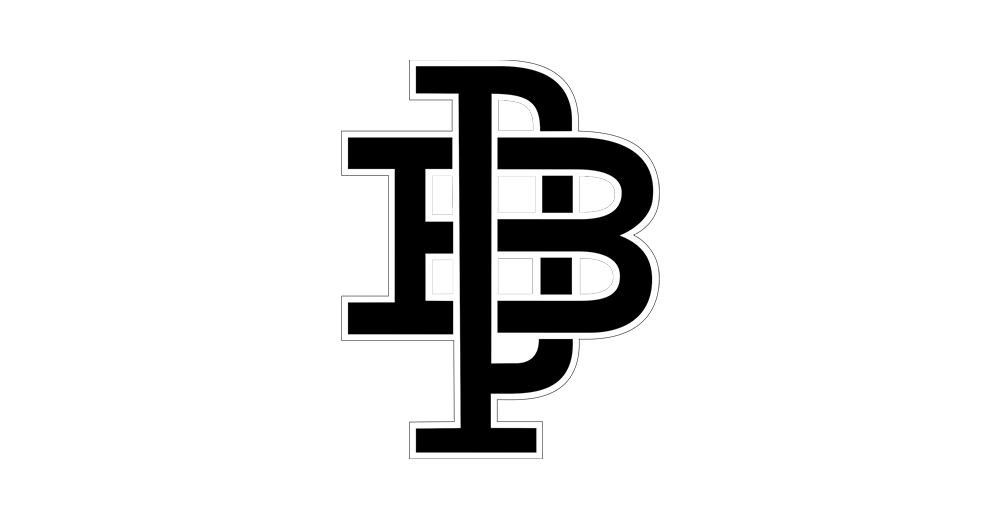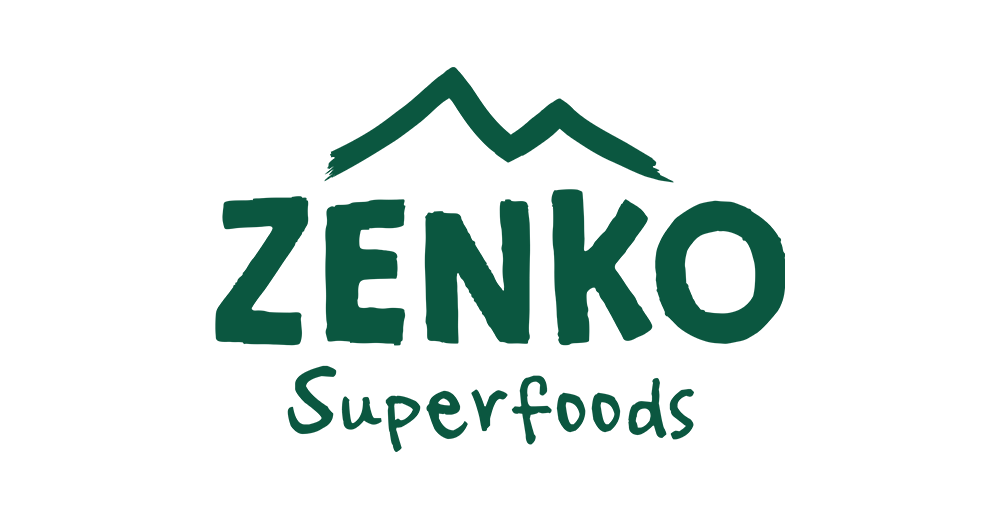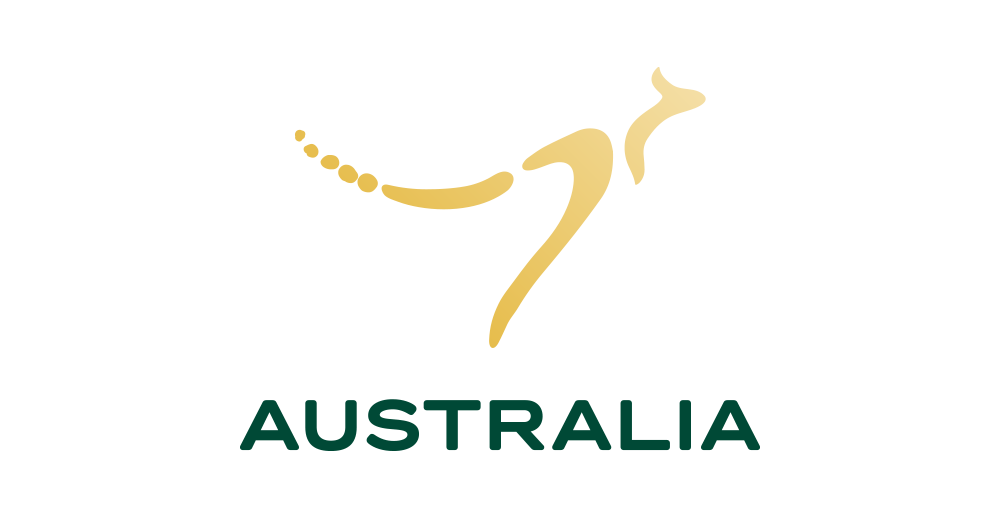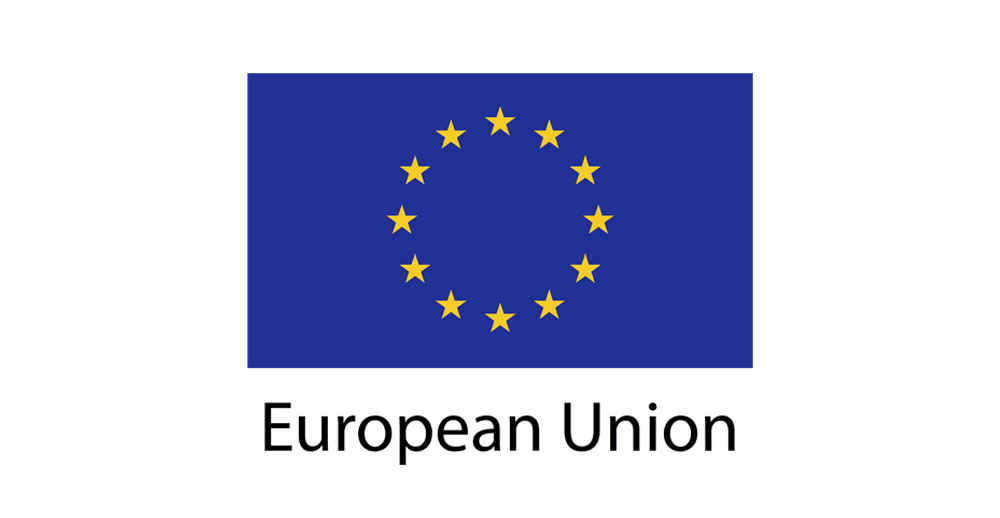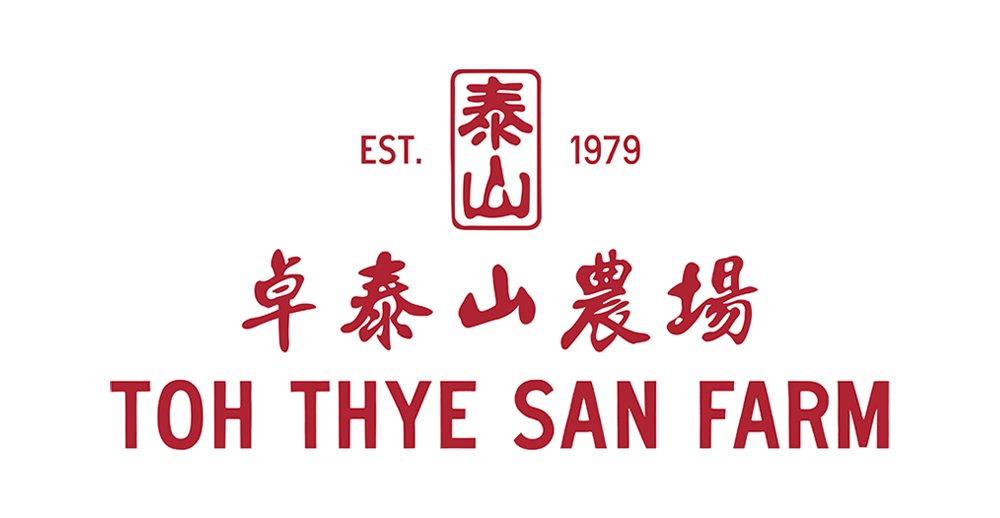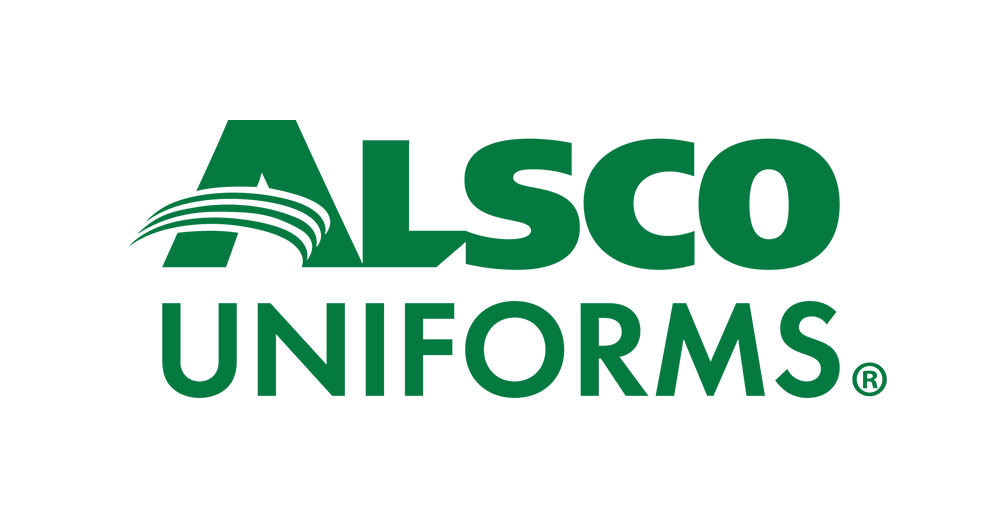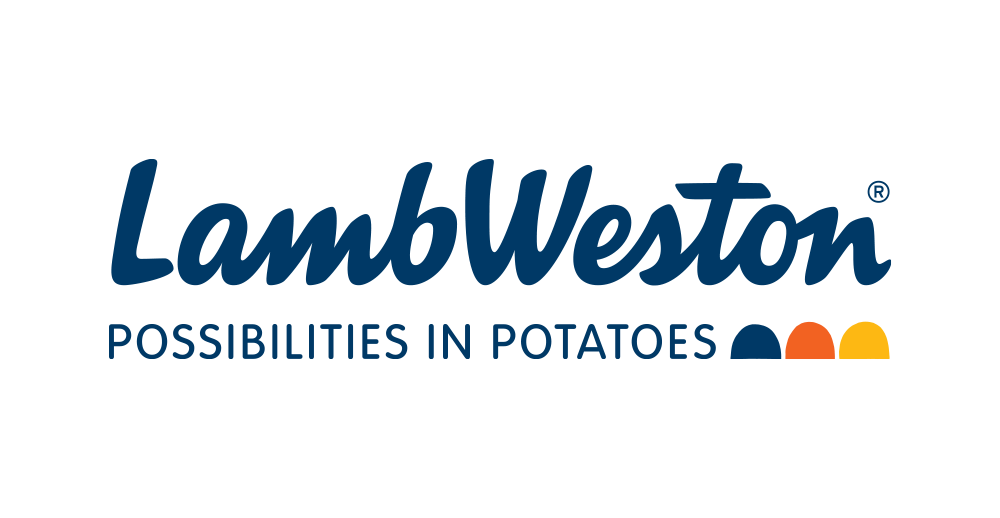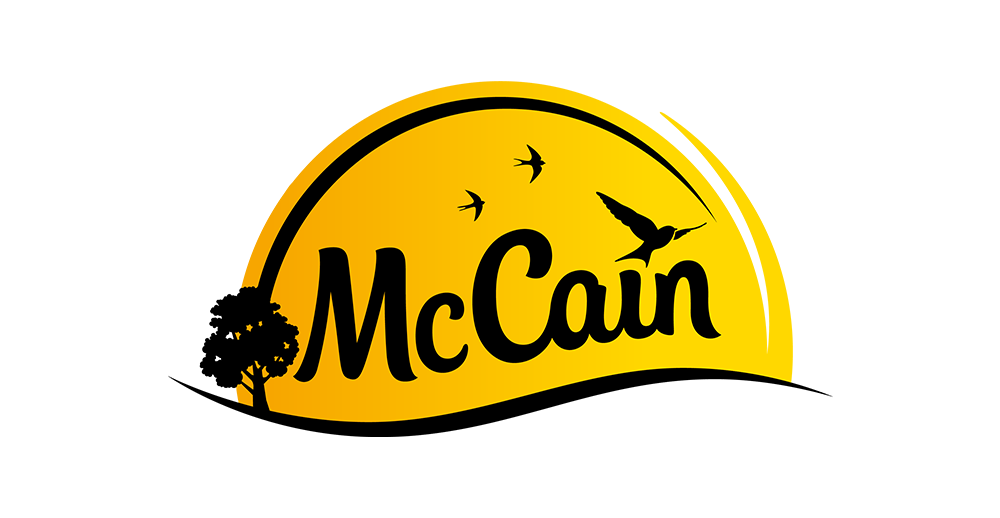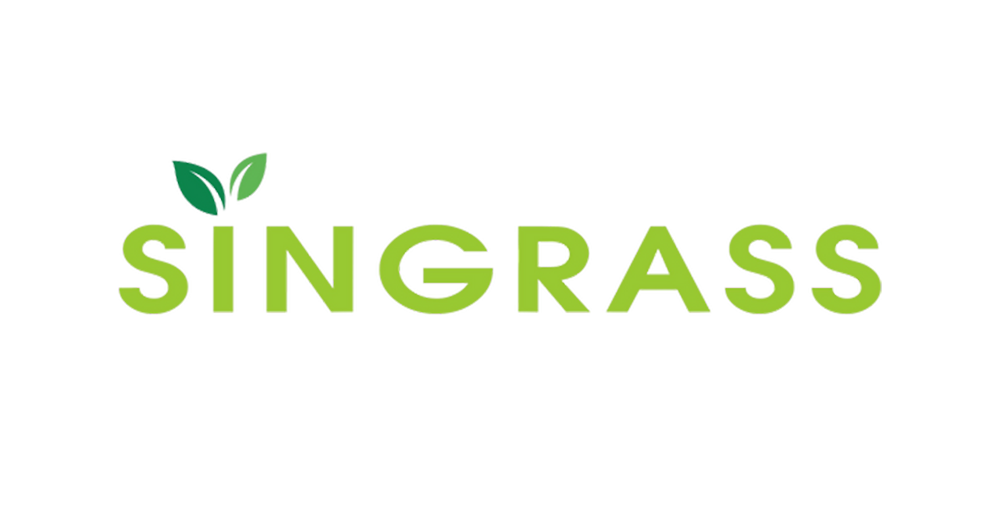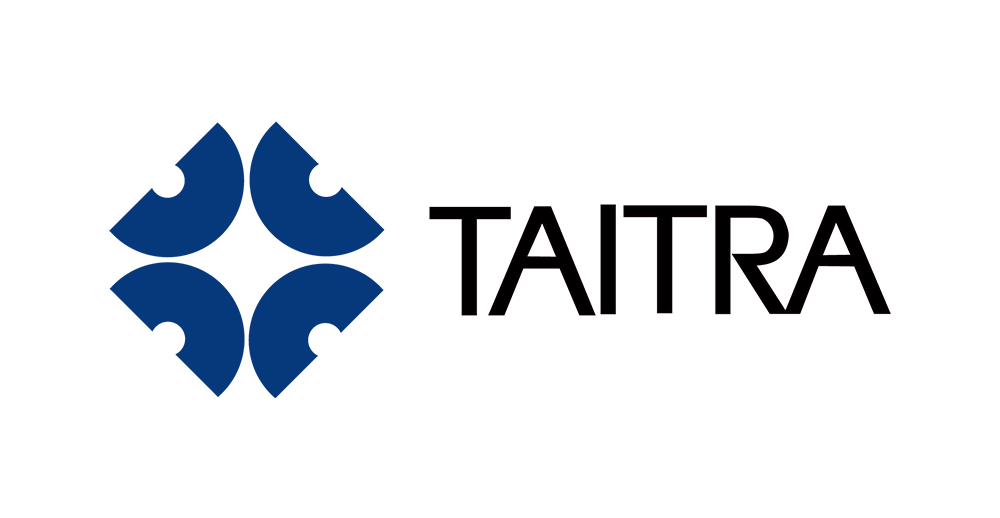Many people wonder if sparkling wine is the same as Champagne. This common confusion arises because both are bubbly and often used for celebrations. However, while all Champagne is sparkling wine, not all sparkling wine is Champagne.
Did you know champagne accounts for about 10% of the world’s sparkling wine production but nearly 30% of its market value? Sparkling wines, including Prosecco, Cava, and Crémant, can be made anywhere in the world, while champagne can only come from the champagne region in France.
From our analysis of the wine market, we have concluded that each type has unique characteristics, from the production methods to the flavors they offer.
In this article, we’ll explore the differences between sparkling wine vs. champagne to help you appreciate and choose the right bubbly for any occasion.
What is Sparkling Wine?

Sparkling wine contains significant levels of carbon dioxide, which creates its characteristic fizziness. The bubbles in sparkling wine are produced through natural fermentation processes, either in bottles or large tanks or by injecting carbon dioxide into the wine.
Sparkling wine is a bubbly beverage made from various grape types and can come from different regions around the world. Due to its festive nature and refreshing taste, it is often enjoyed during celebrations and special occasions.
The carbonation in sparkling wine sets it apart from still wines, making it an exciting choice for many wine lovers. Depending on the production method, the effervescence of sparkling wine can range from delicate, small bubbles to larger, more vigorous ones.
While champagne is a well-known type of sparkling wine, many other regions produce excellent sparkling wines with unique flavors and characteristics.
Types of Sparkling Wine
Sparkling wine is produced in many regions worldwide, each offering distinct styles and flavors. Here are some of the most popular types:
1. Prosecco
Prosecco is an Italian sparkling wine primarily made from Glera grapes. It is produced using the Charmat method, which involves secondary fermentation in large stainless steel tanks.
Prosecco is known for its light, fruity flavors, and more giant bubbles. It is often enjoyed as an aperitif or in cocktails like the Bellini.
2. Cava
It is a Spanish sparkling wine from the Penedès region. It is made using the traditional method, similar to champagne, but with different grape varieties such as Macabeo, Xarel-lo, and Parellada.
Cava has tiny, delicate bubbles and a balanced flavor profile that ranges from fresh and fruity to rich and creamy.
3. Crémant
Crémant refers to sparkling wines made in France but outside the champagne region. These wines are produced using the traditional method and can include various grape varieties, such as Chenin Blanc, Sémillon, and Pinot Noir.
Crémant wines typically have softer, creamier bubbles and a wide range of flavors, making them a popular and affordable alternative to Champagne.
4. Sekt
It is a sparkling wine from Germany and Austria. It can be made using either the traditional method or the Charmat method, and it often features grapes like Riesling, Pinot Blanc, and Pinot Noir.
Sekt is known for its crisp acidity and fresh, fruity flavors, making it a refreshing choice for many wine enthusiasts.
Other Sparkling Wines
- Franciacorta: An Italian sparkling wine made using the traditional method, known for its complexity and delicate
- Espumante: Portuguese sparkling wine in various styles, from light and fruity to rich and complex.
- Lambrusco: An Italian sparkling red wine that is slightly sweet and fruity, made from grapes.
Production Methods of Sparkling Wine
To better understand the difference between sparkling wine and Champagne, we will first examine the different production methods.
1. Traditional Method
The traditional method, also known as the Méthode Champenoise, is also employed in making natural wines. It is used to make Champagne and some other high-quality sparkling wines.
In this method, the second fermentation, which creates the bubbles, happens inside the bottle.
Sugar and yeast are added to the base wine; as the yeast eats the sugar, it produces carbon dioxide, creating bubbles. The wine is then aged on its lees (dead yeast cells) to develop complex flavors before it is removed and corked.
2. Charmat Method
The Charmat method is used to make wines like Prosecco. In this process, the second fermentation occurs in large stainless steel tanks instead of individual bottles. This method is faster and less expensive than the traditional method.
After fermentation, the wine is filtered and bottled under pressure. The Charmat method produces wines with larger, fruitier bubbles and fresher flavors.
3. Carbonation
Carbonation is the simplest and least expensive way to make sparkling wine. This method directly injects carbon dioxide into still wine, similar to soda. This method is typically used for inexpensive sparkling wines and produces bubbles or flavors of a different quality than the traditional or Charmat methods.
What is Champagne?

Champagne is a particular type of sparkling wine that can only be produced in the Champagne region in France, which is located about 90 miles northeast of Paris.
Only sparkling wine made in this region following specific production rules can be called Champagne. The primary grapes used in Champagne are Chardonnay, Pinot Noir, and Pinot Meunier.
The difference between Champagne and sparkling wine is that Champagne must be made using the traditional method, where the second fermentation happens in the bottle.
This method gives Champagne its fine, persistent bubbles and complex flavors. Due to aging on the lees, Champagne often has notes of apple, pear, citrus, and a toasty or nutty aroma.
Champagne is known for its quality and prestige, making it a popular choice for celebrations and special occasions. While it is a type of sparkling wine, its strict production rules and unique characteristics set it apart from other sparkling wines worldwide.
Geographic Indication
The Importance of Champagne AOC
The Champagne AOC (Appellation d’Origine Contrôlée) ensures that only sparkling wine produced in the Champagne region of France can be labeled as Champagne.
This geographic indication protects Champagne’s quality and authenticity by enforcing strict regulations on its production. These regulations cover everything from the types of grapes used to the cultivation and production methods.
Critical Points of Champagne AOC:
- Region: Only sparkling wine made in the Champagne region.
- Grapes: Only Chardonnay, Pinot Noir, and Pinot Meunier.
- Vineyard Management: Strict guidelines on growing and harvesting grapes.
- Production Methods: The traditional method must be followed (Méthode Champenoise).
These regulations help ensure that Champagne maintains its high-quality standards and unique characteristics. When you buy a bottle labeled Champagne, you are guaranteed it meets these strict standards, differentiating it from other sparkling wines that do not have the same level of control.
Production Process
Traditional Method (Méthode Champenoise)
The traditional method, the Méthode Champenoise, is a complex and labor-intensive process used to produce Champagne.
This method involves several detailed steps that contribute to Champagne’s unique and high-quality characteristics and help it stand out in Champagne vs sparkling wine.
- Primary Fermentation: The process starts with primary fermentation, where grape juice is fermented into a base wine. This base wine is usually dry and acidic.
- Blending: Different base wines from various vineyards and grape varieties are blended after fermentation. This blending process, called assemblage, helps achieve the desired flavor profile and consistency.
- Bottling with Liqueur de Tirage: The blended wine is then bottled with a mixture of sugar and yeast, known as liqueur de Tirage. The bottles are sealed with a temporary cap.
- Secondary Fermentation: Inside the sealed bottle, the yeast consumes sugar, producing alcohol and carbon dioxide. The carbon dioxide creates bubbles, which are trapped inside the bottle. This secondary fermentation takes several weeks.
- Aging on Lees: After the secondary fermentation, the bottles are aged on their lees (dead yeast cells) for at least 15 months for non-vintage Champagne and three years for vintage Champagne. This aging process adds complexity, richness, and a creamy texture to the Champagne.
- Riddling: To remove the lees, the bottles are slowly tilted and rotated in a riddling process. This causes the lees to settle in the neck of the bottle.
- Disgorging: The neck of the bottle is then frozen, and the lees are removed in disgorging. This step clears the Champagne of sediment.
- Dosage: After disgorging, a small amount of wine and sugar, known as dosage, is added to balance the Champagne’s acidity. The sugar added determines the sweetness level of the Champagne, such as Brut or Demi-Sec.
- Corking and Labeling: Finally, the bottles are sealed with cork and wire cages, labeled, and packaged for sale.
The Méthode Champenoise is labor-intensive and requires a lot of skill and precision. Each step in the process contributes to the final product’s quality, making Champagne a unique and prestigious sparkling wine.
Key Differences Between Sparkling Wine and Champagne

Before we settle the debate about whether champagne or sparkling wine is better, let us first explore the key differences between Champagne and sparkling wine.
1. Origin
One of the most significant differences between Champagne and sparkling wine is their geographic origins. Champagne can only come from the Champagne region in France, located about 90 miles northeast of Paris.
This area is known for its unique climate and soil, which contribute to the distinct characteristics of Champagne. The name “Champagne” is protected by the Champagne AOC (Appellation d’Origine Contrôlée), ensuring that only sparkling wine produced in this specific region can be labeled as Champagne.
In contrast, sparkling wine can be produced anywhere in the world. Some of the most popular sparkling wines come from regions like Italy (Prosecco), Spain (Cava), and various parts of France (Crémant).
Countries like the United States, Australia, and Germany also produce notable sparkling wines. Each region brings unique characteristics to its sparkling wines, influenced by local grape varieties, climate, and production techniques.
2. Production Methods
The production methods for Champagne and sparkling wine varieties are another critical difference.
Traditional Method (Méthode Champenoise):
- Used exclusively for Champagne and some high-quality sparkling wines.
- It involves a secondary fermentation in the bottle, where sugar and yeast are added to the base wine.
- The yeast consumes sugar, producing alcohol and carbon dioxide (bubbles).
- The wine is aged on its lees (dead yeast cells) for at least 15 months, adding complexity and richness.
- The bottles undergo riddling and disgorging to remove the lees.
- A dosage of wine and sugar is added to balance the flavor.
Charmat Method:
- Commonly used for Prosecco.
- Secondary fermentation occurs in large stainless steel tanks.
- The wine is filtered and bottled under pressure.
- This method is faster and less expensive, producing more giant, fruitier bubbles.
Carbonation Method:
- Carbon dioxide is directly injected into the wine.
- They are used for inexpensive sparkling wines.
- Produces simple bubbles and straightforward flavors.
3. Grape Varieties

The types of grapes used in champagne are specific and regulated, whereas sparkling wines can use a wide variety of grapes. Hence, grape quality is of the utmost importance when it comes to sparkling wine vs. Champagne.
Champagne:
- Chardonnay: Adds elegance, freshness, and finesse.
- Pinot Noir: Contributes body, structure, and red fruit flavors.
- Pinot Meunier: Adds fruitiness and roundness.
Sparkling Wine:
- Prosecco: Primarily made from Glera grapes, known for their light, fruity flavors.
- Cava: Uses a blend of Macabeo, Xarel-lo, and Parellada, contributing to its balanced taste.
- Crémant: Made from various grapes depending on the region, such as Chenin Blanc, Sémillon, and Pinot Noir.
- Sekt: Often made from Riesling, Pinot Blanc, and Pinot Noir, known for their crisp acidity and fresh flavors.
- Other Regions: Various grape varieties are used worldwide, reflecting the local terroir and winemaking traditions.
4. Flavor Profiles
The flavor profiles of Champagne and other sparkling wines vary significantly due to differences in production methods, grape varieties, and aging processes.
Champagne:
- Taste: Often features notes of apple, pear, citrus, and almond, with a toasty or nutty aroma from aging on the lees.
- Aroma: Complex, with layers of fruit, bread, and sometimes floral or mineral notes.
- Texture: Fine, persistent bubbles that create a creamy mouthfeel.
Sparkling Wine:
- Prosecco is light and fruity, with flavors of green apple, melon, and pear. It has larger bubbles and a refreshing taste.
- Cava: Balanced with flavors ranging from citrus and apple to creamy and nutty. Tiny, delicate bubbles.
- Crémant: Soft, creamy bubbles with fruit-forward and floral notes. The flavor varies widely depending on the region and grapes used.
- Sekt: Crisp and fresh with peach, apple, and citrus flavors. Known for its lively acidity.
The diversity in flavor profiles means a sparkling wine suits almost every palate and occasion.
5. Price Points
Given the difference in final product characteristics between Champagne vs. sparkling wine, it’s apparent that they also diverge in pricing. The price points for Champagne and other sparkling wines differ mainly due to production methods and the prestige associated with the name champagne.
Champagne:
- Typically, it ranges from $40 to several hundred dollars per bottle.
- The high cost is due to the labor-intensive traditional method, strict regulations, and the prestige of the Champagne name.
- Vintage Champagnes, made from grapes harvested in a single exceptional year, can be expensive.
Sparkling Wine:
- Generally, it is more affordable, with prices ranging from $10 to $30 per bottle.
- Prosecco, made using the Charmat method, is less expensive due to the quicker, less labor-intensive production process.
- Cava and Crémant offer high-quality alternatives to Champagne at a fraction of the price, often costing between $15 and $40.
- Inexpensive sparkling wines made using the carbonation method can cost even less, but they
Conclusion
Understanding the difference between sparkling wine vs. Champagne involves looking at their origins, production methods, grape varieties, flavor profiles, and price points.
While Champagne is a prestigious sparkling wine made exclusively in the Champagne region of France using the traditional method, sparkling wines can be produced worldwide using various methods and grape varieties.
Each type of sparkling wine offers unique flavors and experiences, making them suitable for different occasions and preferences.
Whether you choose Champagne for its elegance and complexity or another sparkling wine for its affordability and fresh taste, everyone can enjoy a bubbly option.
For more insights into the world of wine, explore the websites of different international food shows and other informative resources.



